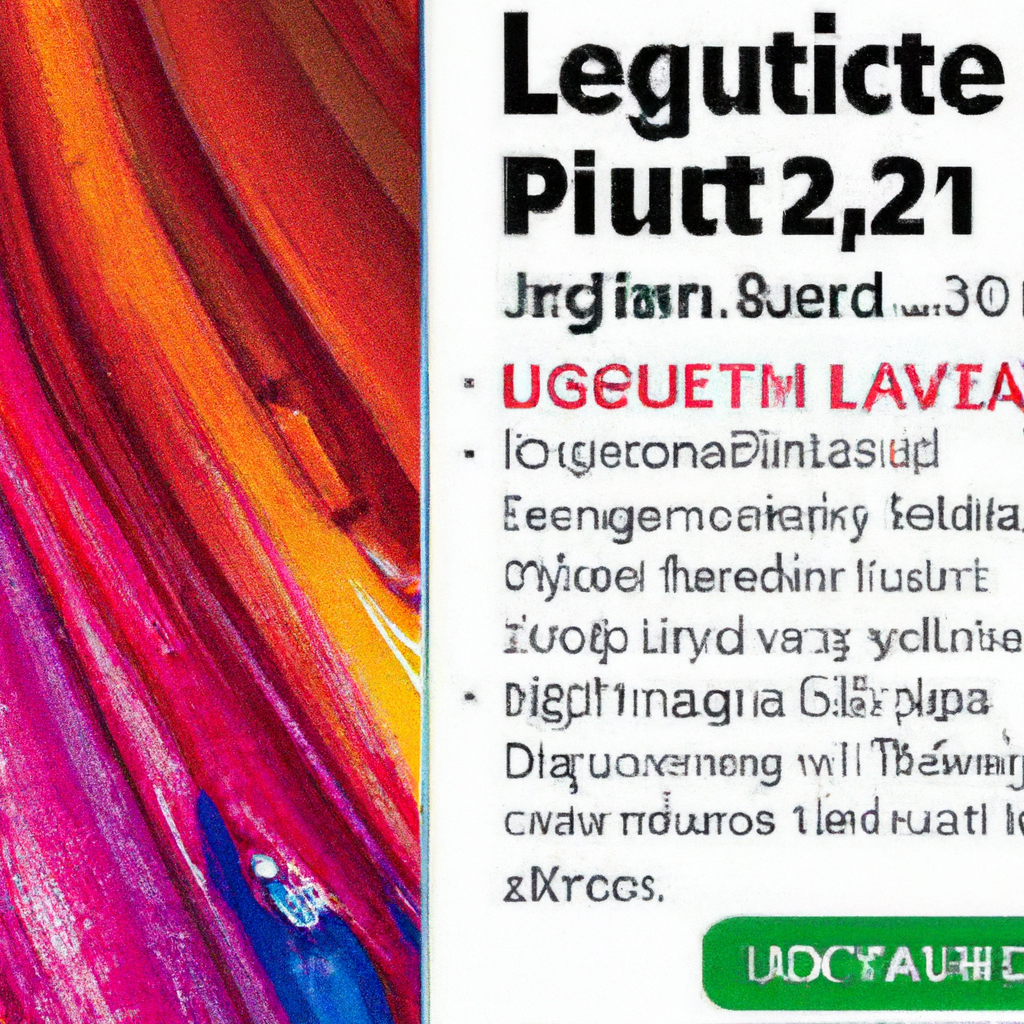Are you an artist or a DIY enthusiast looking to create a unique masterpiece using vinyl and acrylic paint? If so, you may be curious about whether vinyl will adhere to acrylic paint. In this article, we will explore the compatibility between these two materials and provide you with insights on whether vinyl will stick to acrylic paint. So, let’s get started and find out if this dynamic duo is a match made in crafting heaven!

Factors affecting adhesion
When it comes to ensuring successful adhesion between vinyl and acrylic paint, there are several factors that can influence the bond. These factors include surface preparation, paint curing time, paint quality, the type of vinyl being used, as well as temperature and humidity conditions. By understanding and addressing each of these factors, you can increase the likelihood of achieving a strong and durable bond between vinyl and acrylic paint.
Surface preparation
Proper surface preparation is crucial for promoting adhesion between vinyl and acrylic paint. The surface needs to be clean, smooth, and free from any dirt, debris, or oils that could hinder the bond. Begin by cleaning the surface thoroughly with a mild soap or detergent and warm water. Rinse it well and allow it to dry completely before proceeding.
In some cases, especially when dealing with smooth surfaces, sanding can be beneficial for enhancing adhesion. Use a fine-grit sandpaper to lightly sand the surface, creating a slightly rougher texture that allows the paint and vinyl to adhere better. However, exercise caution when sanding, as excessive sanding can damage the surface.
After cleaning and sanding, it’s recommended to prime the surface before applying the paint. Priming helps create an additional layer of adhesion, ensuring a strong bond between the surface, the paint, and the vinyl. Select a primer suitable for the specific surface material and follow the manufacturer’s instructions for application.
Paint curing time
Patience is key when it comes to paint curing time. It’s important to allow sufficient time for the paint to dry and cure completely before applying the vinyl. Failure to do so may result in the vinyl not adhering properly or peeling off over time.
Wait until the paint is completely dry to the touch before proceeding with the vinyl application. The drying time can vary depending on factors such as the type of paint and the environmental conditions. It’s best to consult the paint manufacturer’s guidelines for the recommended drying time.
Moreover, allow the paint sufficient cure time before applying any pressure or stress to the surface. Even if the paint feels dry, it may still take several days or weeks to fully cure, depending on the paint type. Rushing the process can compromise adhesion and lead to problems in the long run.
Paint quality
The quality of the acrylic paint used can directly impact the adhesion between the paint and vinyl. Using high-quality acrylic paint is essential for achieving a strong bond that withstands various conditions. Look for paints that are specifically formulated for the intended surface and purpose.
Another aspect of paint quality to consider is the pigment concentration. Paints with a higher pigment concentration tend to have better coverage and adhesion. This means that the paint will adhere more effectively to the surface and create a more vibrant and durable bond with the vinyl.
Properly mixing the paint is also important for ensuring its quality. Follow the manufacturer’s instructions for mixing the paint thoroughly, as unevenly mixed paint can result in inconsistent adhesion. Take the time to mix the paint properly to achieve a smooth and homogeneous consistency before applying it to the surface.

Type of vinyl
Different types of vinyl are available for various applications, and each type may have different adhesion characteristics when it comes to acrylic paint. Understanding the properties of each type of vinyl will help determine the best approach for achieving optimal adhesion.
Adhesive vinyl
Adhesive vinyl is one of the most common types used in crafting and sign making. When dealing with adhesive vinyl, it’s important to consider the surface on which it will be applied. Smooth surfaces tend to provide better adhesion for adhesive vinyl, as there are fewer obstacles for the vinyl to bond with. Rough or textured surfaces may cause adhesive vinyl to struggle to adhere properly and may result in peeling or lifting.
Before applying adhesive vinyl, it’s advisable to conduct a small test on an inconspicuous area of the surface. This test will help determine if the adhesive vinyl bonds well with the paint and if any additional steps are required to improve adhesion. If the test area shows strong adhesion, proceed with confidence in applying the vinyl to the rest of the surface.
Heat transfer vinyl
Heat transfer vinyl, often used for apparel customization, requires special considerations for achieving proper adhesion. When working with heat transfer vinyl and acrylic paint, it’s recommended to use lower heat settings to prevent any potential damage to the vinyl or the paint.
When applying heat transfer vinyl, ensure firm pressure is exerted during the transfer process. This pressure facilitates the bond between the vinyl and the acrylic paint. After the transfer, carefully remove the transfer sheet, ensuring the vinyl adheres securely to the surface. Finally, apply heat for the recommended time, as specified by the vinyl manufacturer, to ensure optimal adhesion.
Printable vinyl
Printable vinyl allows for unique designs and graphics to be applied to various surfaces using a printer. To achieve good adhesion between printable vinyl and acrylic paint, it’s important to follow a few key steps.
Firstly, allow the acrylic paint to fully dry before printing onto printable vinyl. This ensures that the paint is stable and doesn’t smudge during the printing process. Additionally, proper ventilation is essential during the painting process to ensure the paint is dry and free from any excess moisture.
When printing onto printable vinyl, select the appropriate print settings recommended by the vinyl manufacturer. These settings may vary based on the printer model and the specific printable vinyl being used. Using the correct settings will help produce high-quality prints and enhance the adhesion between the paint and the vinyl.
In some cases, especially for printable vinyl that will be exposed to frequent handling or environmental factors, applying a protective coating can be beneficial. A clear coat or varnish specifically designed for use with acrylic paint can help safeguard the print and enhance the durability of the bond between the paint and the vinyl.
Temperature and humidity
The surrounding temperature and humidity levels during the painting and vinyl application process can significantly impact the adhesion between the acrylic paint and the vinyl. It’s important to consider these factors to ensure optimal bonding.
Ideally, the conditions for optimal vinyl adhesion are moderate temperature and humidity levels. Extreme temperature and humidity changes can affect the drying and curing process of the paint, which can subsequently impact the adhesion between the paint and the vinyl. It’s best to work in an environment with stable and controlled conditions to minimize the risk of any adhesion issues.
Proper ventilation is also crucial during the painting and vinyl application process. Good airflow helps facilitate the drying and curing of the paint, as well as preventing the accumulation of excess humidity. Ensure the area is well-ventilated to promote a healthy and efficient adhesion process.

Testing vinyl adhesion
Before committing to a large-scale application of vinyl, it’s essential to perform a small test to evaluate the adhesion between the vinyl and the acrylic paint. This test allows you to observe and judge the effectiveness of the bond over time.
Apply vinyl to various surfaces that represent the ones you intend to work with. This will help assess any variations in the adhesion based on different surface materials. Monitor the vinyl’s adhesion over time, taking note of any signs of lifting or peeling.
Additionally, periodically inspect the adhesion of the vinyl in areas subjected to different stresses or environments. This will help determine the vinyl’s durability and whether any additional measures need to be taken to enhance adhesion.
By conducting thorough testing, you can identify any potential issues and address them before embarking on larger projects. This ensures that your vinyl and acrylic paint creations will have a long-lasting bond that stands the test of time.
In conclusion, achieving strong adhesion between vinyl and acrylic paint requires attention to several key factors. Proper surface preparation, including cleaning, sanding, and priming, sets the foundation for adhesion success. Allowing the paint to thoroughly dry and cure, using high-quality acrylic paint, considering the type of vinyl being used, and maintaining optimal temperature and humidity conditions all contribute to achieving a durable bond. By following these guidelines and conducting thorough testing, you can create impressive and long-lasting vinyl projects that showcase the beauty of acrylic paint.



